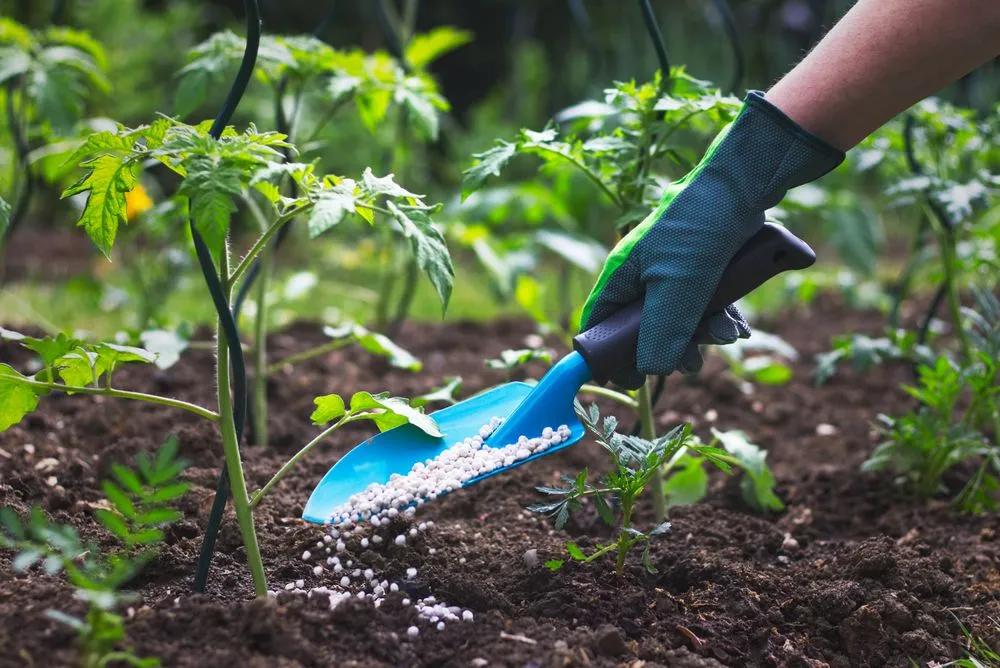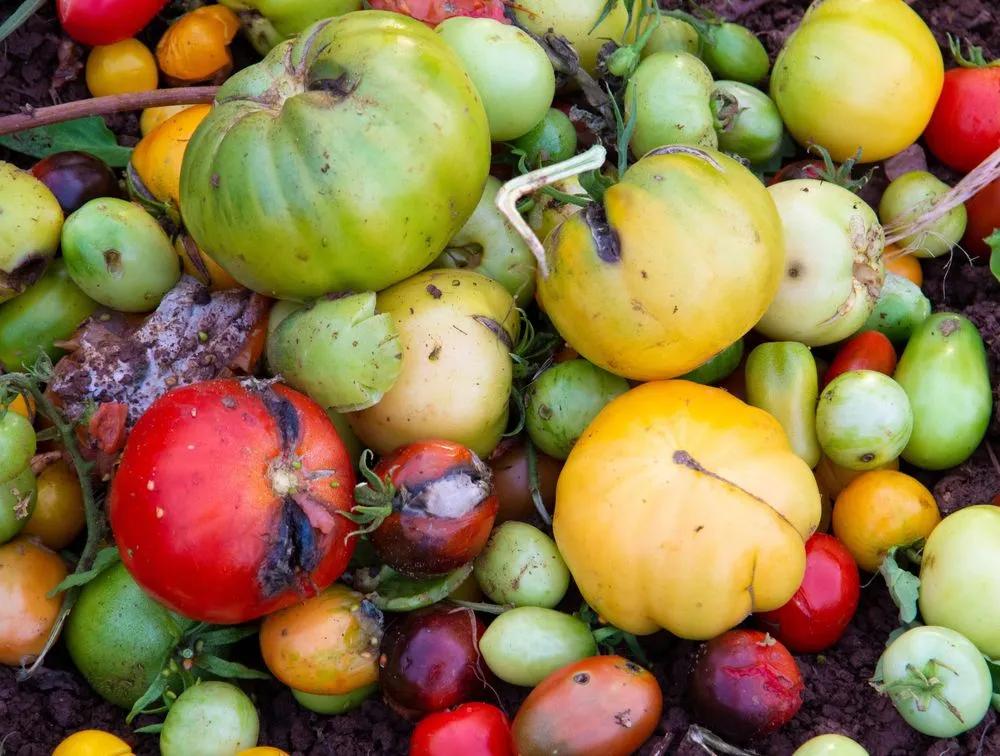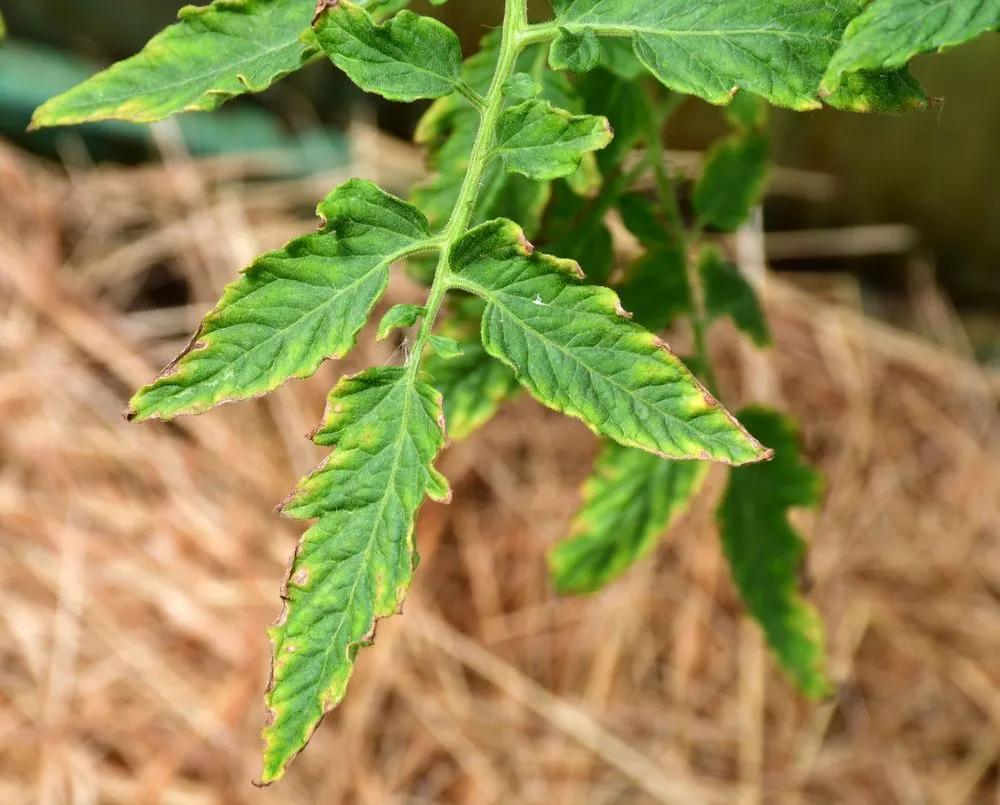The most common issues for plants are nutrient-related. And they can be caused by lack and excess nutrients. For proper functioning, plants need a more significant amount of macronutrients than micro ones. But, of course, imbalance often happens. Potting mixes that are entirely soilless contribute to the problem as well as unbalanced nutritional programs or water alkalinity. The worst part of this type of problem is that it’s hard to recognize it immediately due to the subtleness of the symptoms. And every case is unique because different cultivars react differently on the deficiency of nutrients or their toxicity.
Nutrient excess



Signs of damage
- Chlorosis. Breakdown of chlorophyll causes the yellowing of leaves because chlorophyll’s production is disorganized. This is caused by a lack of nutrients like calcium, magnesium, iron, zinc, etc.
- Stunted growth. Lack of some nutrients also negatively affects the plant’s development, and the deformation of leaves or stems is also a sign of nutrient deficiency.
- Necrosis. This symptom is easily spotted; check the leaves’ margins because they are turning brown or black in this case.
- Change of color. One of the main symptoms is when you see that plant is turning bronze, red, or purple, then it lacks something. In worse cases, it can cause necrosis.
How to prevent
First, you need to find a fertilizer that is just perfect for the specific plant and can provide it with the required nutrition because the wrong fertilizer can lead to nutrient toxicity. Long story short, you need to keep it balanced. Secondly, try to enrich the soil with organic matter; it will also help.
Heal
You can always correct the nutrient-related problem. For example, if your plant suffers from nitrogen deficiency, you can improve the situation by adding rinsed coffee grounds or plant nitrogen-rich plants, such as peas or beans, close to it. You can add the needed nutrient to the soil. For example, if the plant lacks potassium, you can bury cut banana peels slightly below the soil’s surface. So solution depends on what precisely needs the plant because plants are different, and so are their needs.
Go Premium to continue reading
Also you’ll get unlimited access to disease identification and all the other beneficial features
More problems
